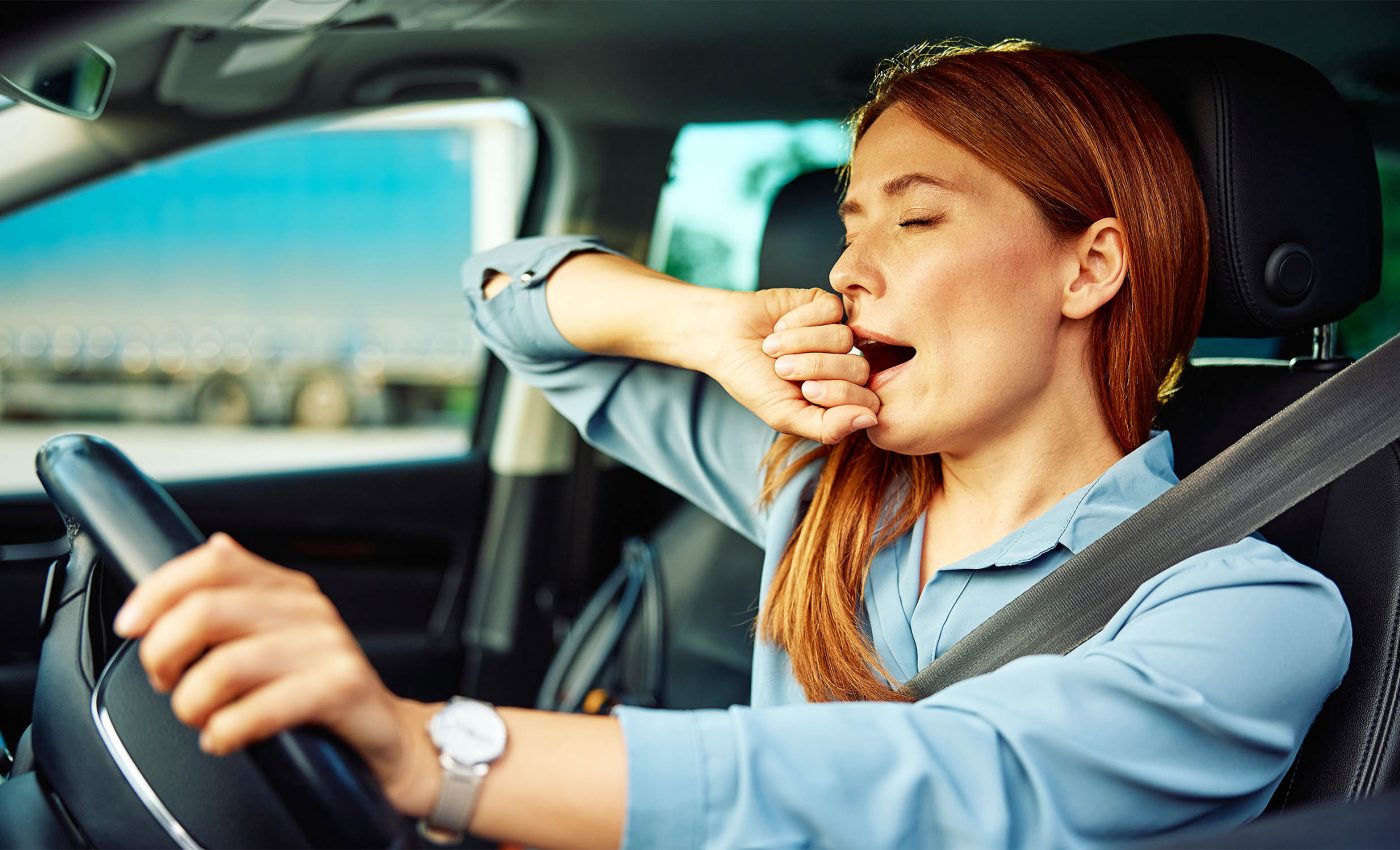
If you are always sleepy, you may have a condition called 'idiopathic hypersomnia'
A new study analyzed online posts from people with idiopathic hypersomnia and found that many never feel fully awake. It included 123 participants who self identified with the condition.
The work was conducted across several countries, with data spanning a decade. The signal was consistent, and it centered on how persistent sleepiness reshapes ordinary life.
Researchers reviewed 346 posts made between 2012 and 2022 and sorted them into symptom and impact themes. A steady, unrelenting sleepiness appeared again and again, and more sleep did not fix it.
Participants described prolonged sleep times, extreme difficulty waking, non restorative sleep, cognitive slowdowns, and episodes such as microsleeps, brief involuntary sleep episodes lasting seconds or minutes. They also detailed impacts on work, relationships, safety, and health.
Lead researcher Sarah L. Bermingham of Takeda Pharmaceuticals USA led the analysis. The team included collaborators in Germany and Canada.
What idiopathic hypersomnia means
Idiopathic hypersomnia, a disorder that causes persistent daytime sleepiness despite adequate or long sleep, often begins in adolescence or young adulthood. This condition is rare and can affect many parts of daily life.
The latest classification places idiopathic hypersomnia in a group of conditions defined by pathological sleepiness and clarifies diagnostic criteria that exclude narcolepsy. That update helps clinicians separate look alike syndromes that call for different care.
How sleepiness affects life
The study cataloged a cluster of symptoms that explain the day to day grind. People reported sleep inertia, a period of impaired alertness on waking, that can last for hours and derail mornings.
“No matter how much sleep I get, I never feel rested.” said one participant quoted in the study. They also described non restorative sleep, when long nights still feel empty of rest. One line captured the core problem:
Cognitive effects added another layer. Several people struggled with memory lapses, word finding trouble, and slowed thinking that worsened with sleepiness.
Safety issues emerged too. Some reported dozing during commutes or drifting into microsleeps during quiet tasks at work.
Why patient voices matter
Capturing lived experience fills gaps that clinic checklists miss. The study used real world posts to map symptoms and impacts in plain language.
“We’ve learned from PFDD meetings that patients are the experts in the lived experience of their disease or disorder.” said Dr. Tiffany Farchione with the U.S. Food and Drug Administration (FDA), in a public report. That perspective aligns with the patient centered design of this analysis.
These narratives also highlight stigma. People with the condition are often told to push through or sleep less, and that advice backfires.
The posts emphasize planning life around narrow windows of wakefulness. That planning trims social ties, career opportunities, and confidence.
Idiopathic hypersomnia treatment
In the United States, one medication is specifically approved for adult idiopathic hypersomnia, a nighttime oxybate known as Xywav. Its FDA label lists idiopathic hypersomnia as an adult indication and outlines dosing and safety warnings.
Clinicians also use stimulants and wake promoting agents for symptoms, often off label. A clinical review notes that benefits are variable, and side effects can limit use.
The study’s posts echoed those tradeoffs. People described partial relief, changing responses over time, and access barriers that add stress.
The treatments required will reduce sleep inertia, improve alertness, and restore function. That will require trials that measure what patients say matters most.
What the findings mean
These findings invite clinicians to ask targeted questions and listen for specific patterns. How long does sleep inertia last, how often do microsleeps occur, and what tasks collapse under fatigue.
They also support smarter outcomes in research. Patient reported tools should track lost time, safety incidents, and the gap between hours slept and feeling awake.
Diagnosis can still be a maze. With clearer criteria and patient centered histories, the path to answers can be shorter and safer.
Finally, these voices argue for practical support. Flexible schedules, protected naps, and safer transportation plans reduce risk and restore some control.
The study is published in PLOS One.
—–
Like what you read? Subscribe to our newsletter for engaging articles, exclusive content, and the latest updates.
Check us out on EarthSnap, a free app brought to you by Eric Ralls and Earth.com.
—–













